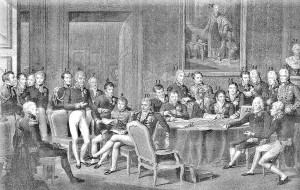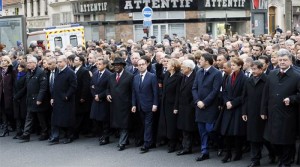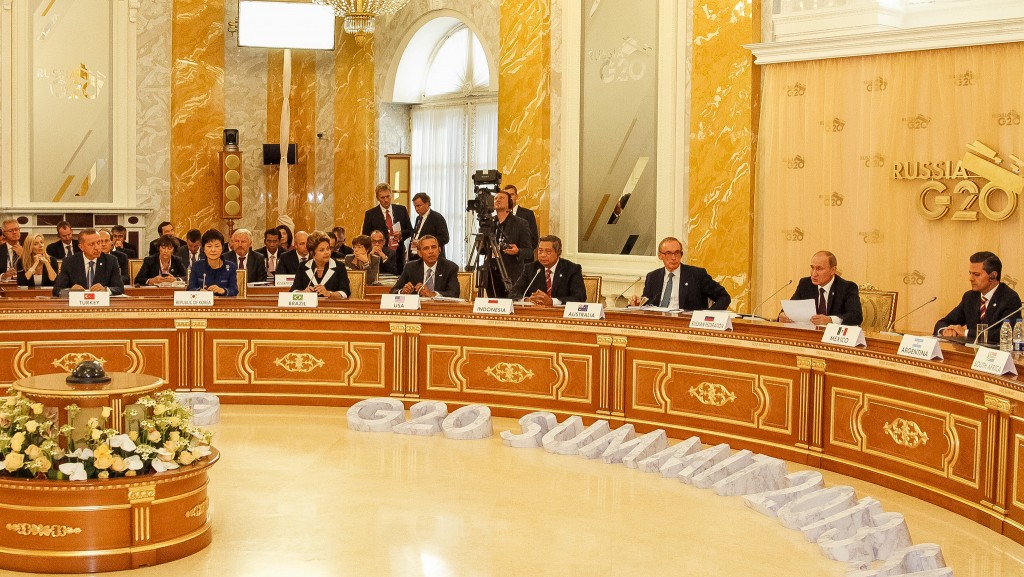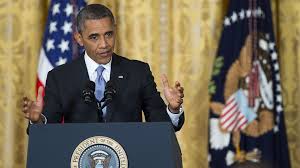
My colleagues John Mearsheimer and Stephen Walt have returned to offer a new and improved version of US foreign policy. In their recent piece “The Case for Offshore Balancing: A Superior US Grand Strategy” they offer both a critique of current foreign policy, which they see as some variant of liberal hegemony and provide, according them a clear and superior alternative – ‘offshore balancing’:
There is a better way. By pursuing a strategy of “offshore balancing,” Washington would forgo ambitious efforts to remake other societies and concentrate on what really matters: preserving U.S. dominance in the Western Hemisphere and countering potential hegemons in Europe, Northeast Asia, and the Persian Gulf. Instead of policing the world, the United States would encourage other countries to take the lead in checking rising powers, intervening itself only when necessary.









